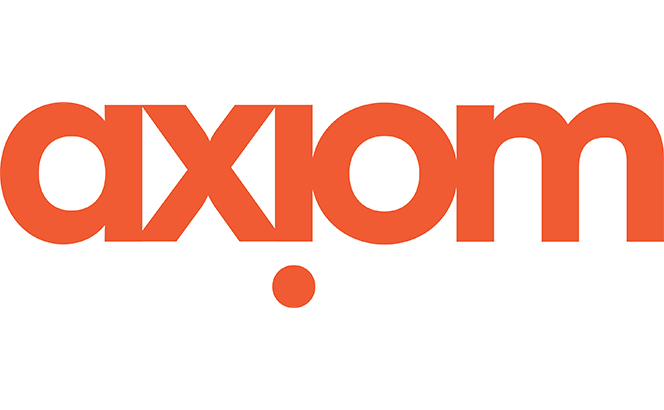
David Halliwell, Pinsent Masons Vario: The world is now seen through a ‘VUCA’ lens – it’s Volatile, Uncertain, Complex and Ambiguous. Are the risks that businesses are facing much more uncertain? What does that mean for how you are working in your roles?
John Ventress, Lombard Odier Investment Managers: As in-house lawyers, we need to be aware of the risks faced by our business, but our role is to support the business in navigating the future and helping it to develop, rather than being risk managers.










